
Here’s the good news about the pandemic, which finds us hunkered and bunkered while COVID and Science duke it out in the heavyweight bout of the millennium:
Science will win.
We know this because, while coronavirus is adaptive as hell, Science gets stronger every day. Why, just look at what it did with the other hand while battling coronavirus, like Neo batting away Mr. Smith after his enlightenment. Just last week, the Solar Orbiter came within 48 million miles of the sun’s surface, the closest we’ve ever had a camera.
In honor of the achievement, a FactSlap column, solar edition, illustrated by some of Orbiter’s best tourist snapshots.
- The sun is the most perfectly round natural object known in the universe.
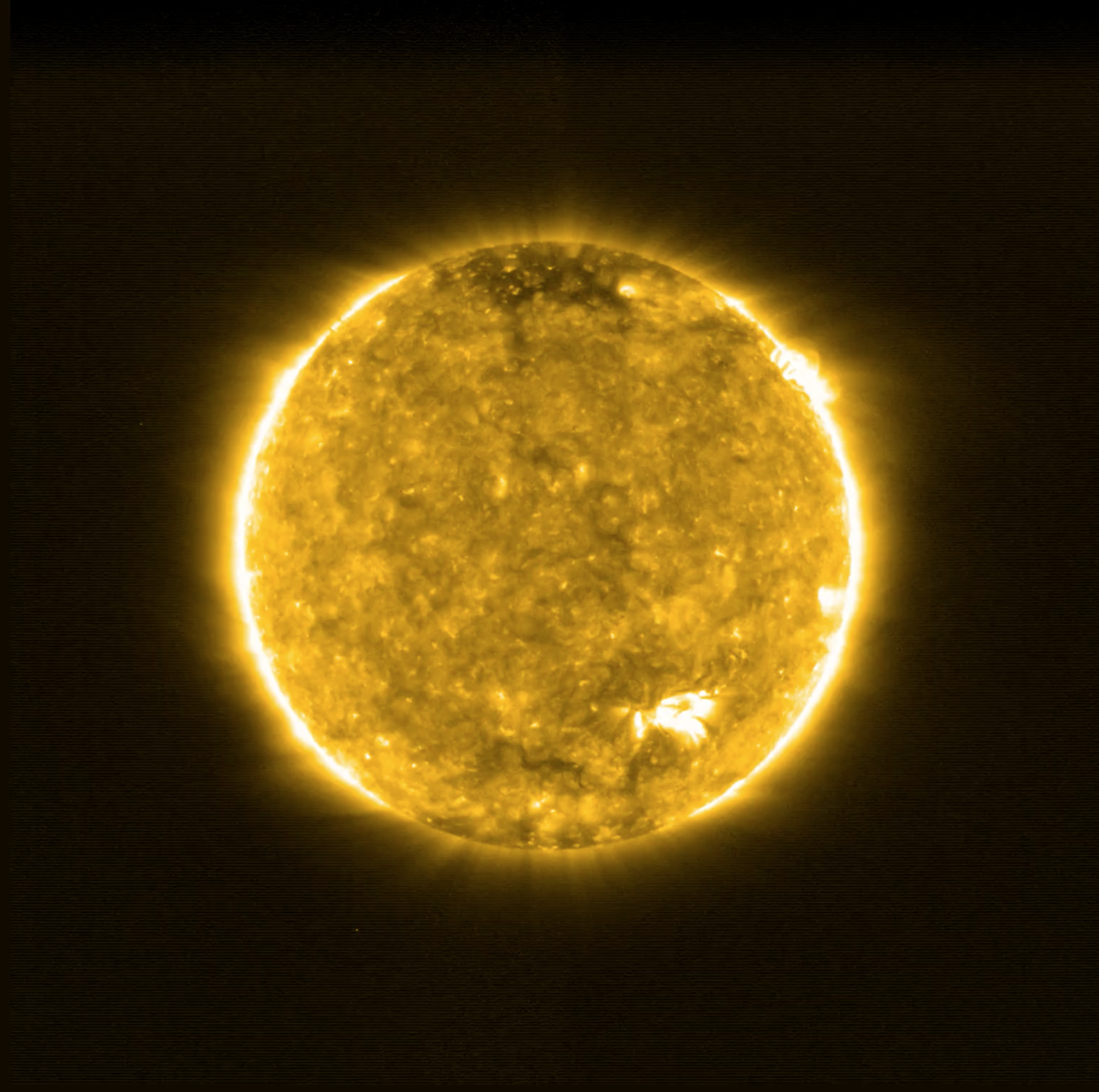
- The Sun accounts for about 99.86% of the total mass of the Solar System.

- The beautiful symmetry of a total solar eclipse happens because —by pure chance— the sun is 400 times larger than the moon, but is also 400 times farther from Earth, making the two bodies appear the exact same size in the sky.
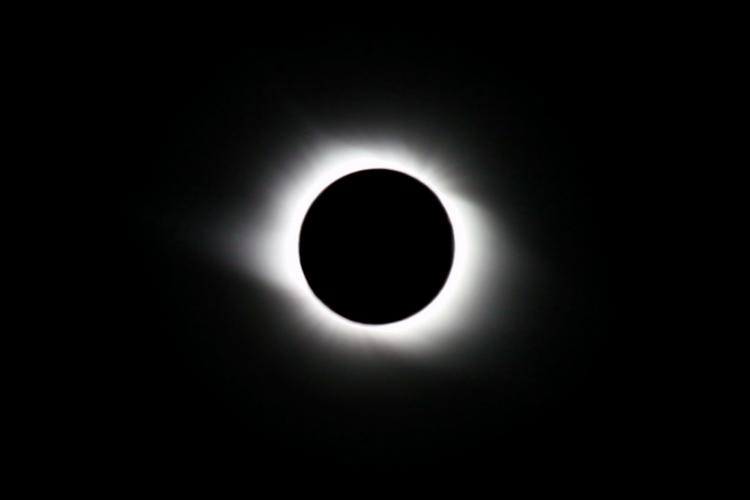
- The theory that the Sun is the center around which the planets orbit was first proposed by the ancient Greek Aristarchus of Samos in the 3rd century BC.
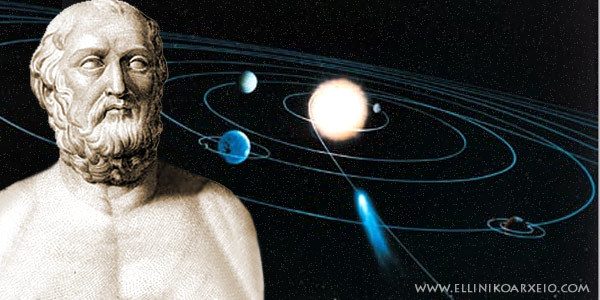
- The Sun does not have a definite boundary, and in its outer parts, its density decreases exponentially with increasing distance from its center.
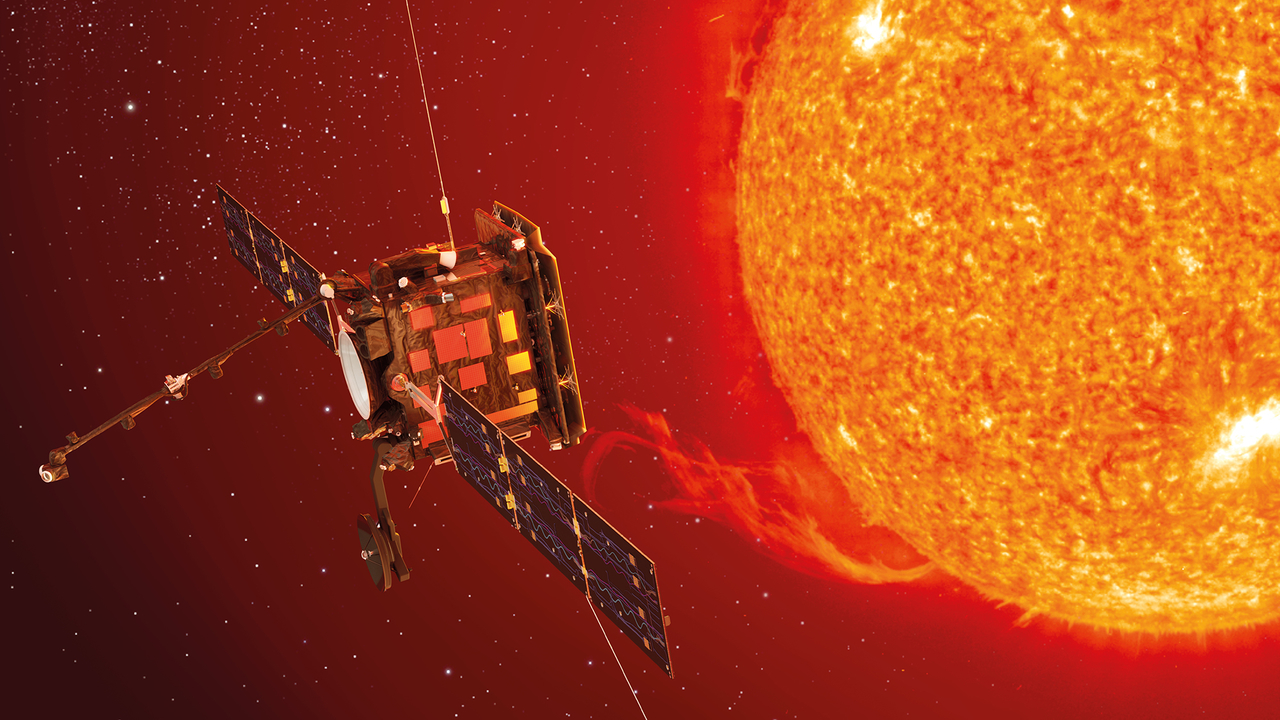
- 1.3 million Earths could fit inside the sun, an average-sized star.

- Six ten-billionths of the Sun is gold.

- The Sun is thought to have completed about 20 orbits during its lifetime and just 1/1250th of an orbit since the origin of humans.
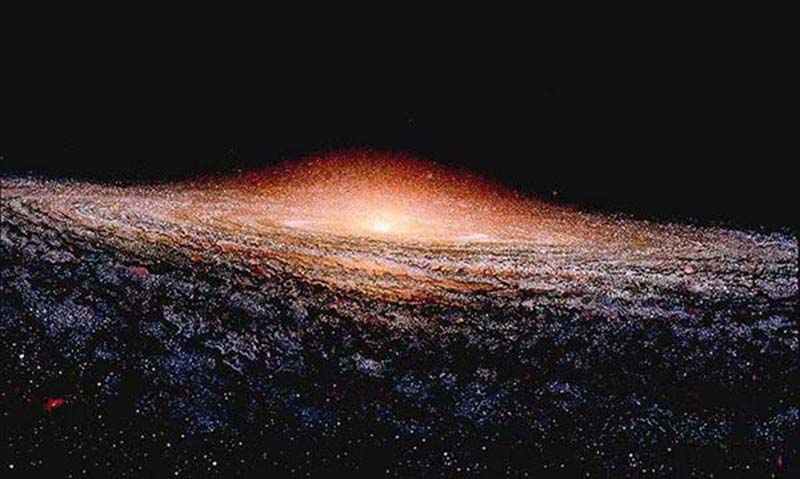
- A third of all Russians believe the Sun revolves around the Earth, according to state pollster VsTIOM.
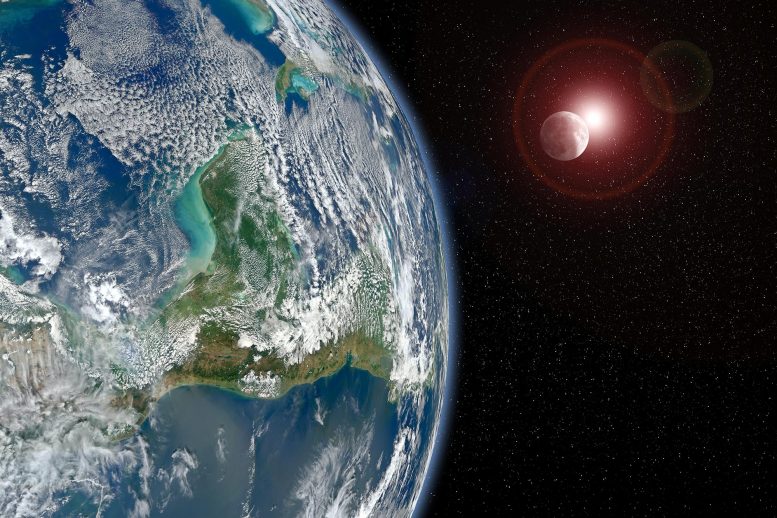
- As passengers on Earth, we are all carried around the sun at a mean velocity of 66,600 mph.
- Your eyes can get sunburned.

- A bolt of lightning is 5 times hotter than the surface of the sun.


